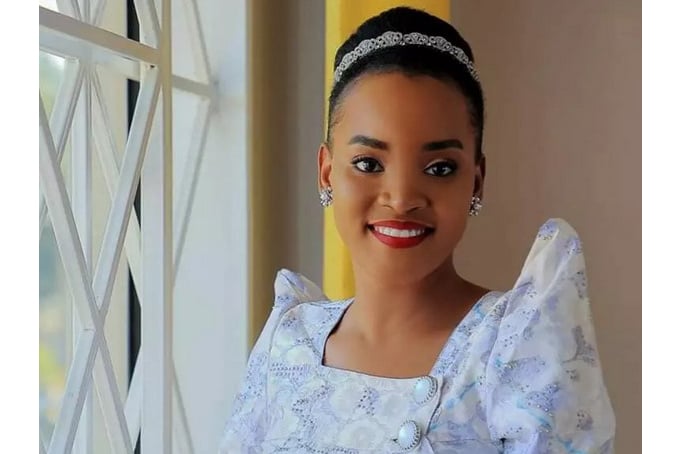Prime
History, evolution of the Kyabazingaship

President Museveni talks to Kyabazinga Nadiope Gabula IV after his coronation in Jinja in 2014. PHOTOS/COURTESY
What you need to know:
- How it all started: The Kyabazingaship was birthed after the British colonialists found it terribly difficult to deal with the 11 hereditary chiefdoms of Bugabula, Bulamogi, Kigulu, Luuka, Bukono, Busiki, Bugweri, Bukooli, Bunya, Bunyole, and Butembe.
Before the arrival of the colonialists, there was no uniting leadership in Busoga.
Busoga was made up of 11 hereditary chiefdoms namely, Bugabula, Bulamogi, Kigulu, Luuka, Bukono, Busiki, Bugweri, Bukooli, Bunya, Bunyole and Butembe, each with their own chiefs.
The British colonialists found it difficult to deal with 11 individuals at the same time and sought to centralise the administration of the area.
Consequently, the colonial governor, Grant, established in 1894, the Busoga Lukiiko at Bukaleba to help him administer what we now know as Busoga, as a single entity.
Grant presided over the Lukiiko which was composed of mostly paramount chiefs, until a Muganda, Semei Kakungulu, was assigned those responsibilities.
Semei Kakungulu was at the time referred to as President of the Busoga Lukiiko.
When Kakungulu was removed, the Busoga Lukiiko, which had on account of an outbreak of sleeping sickness in Bunya and a mutiny by Sudanese soldier, been moved from Bukaleba to Iganga and later Bugembe, opted to introduce rotational leadership for all the 11 chiefs.
The provision was that each of the chiefs would leave his palace and move to Bugembe in order to rule for his three months period. This system lasted between 1913 and 1919.
Fatigue however soon set in and the chiefs opted to elect one of them to rule.
They elected the late Ezekiel Tenywa Wako, father of Henry Wako Muloki to become President of the Busoga Lukiiko. ET Wako was elected in 1919 and served until 1939.
However, the Basoga soon got tired of what they perceived as a colonial title and sought an indigenous title for their leader.
In 1939, the people of Busoga came up with the title “Isebantu Kyabazinga”, a title that ET Wako immediately assumed and served for another 10 years. He retired in 1949 due to old age.
The Lukiiko had by then expanded to include two elected representatives from each of the 55 sub-counties of Busoga.

The Omukama of Bunyoro Solomon Gafabusa Iguru places a crown on Kyabazinga William Wilberforce Nadiope IV.
When ET Wako retired, it was necessary to replace him. The Busoga Lukiiko resolved then that the Isebantu Kyabazinga shall always be elected from among the five Babito (Baise Ngobi) hereditary rulers – traditionally believed to be the five sons of the Omukama of Bunyoro.
Any of the princes from the lineages of Gabula of Bugabula, Zibondo of Bulamogi, Ngobi of Kigulu, Tabingwa of Luuka and Nkono of Bukono can contest for the post of Kyabazinga.
Since the Lukiiko’s 1949 resolution, that has been the norm and practice of electing Kyabazinga.
1962 controversy
In 1962, the Busoga Lukiiko had voted to retain Henry Wako Muloki in office, but interference by officials of the central government ensured that William Wilberforce Nadiope took the office.
The move was rejected by the Busoga Lukiiko which appealed to the High Court to intervene.
The High Court ruled in favour of the Lukiiko, but Parliament came up with the infamous Kyabazinga Validation Act of 1962, which imposed Nadiope on the people of Busoga.
The 1962 controversy might be easy to explain because Nadiope was by then Vice President of the Republic of Uganda and a high ranking official in the ruling Uganda Peoples Congress.




